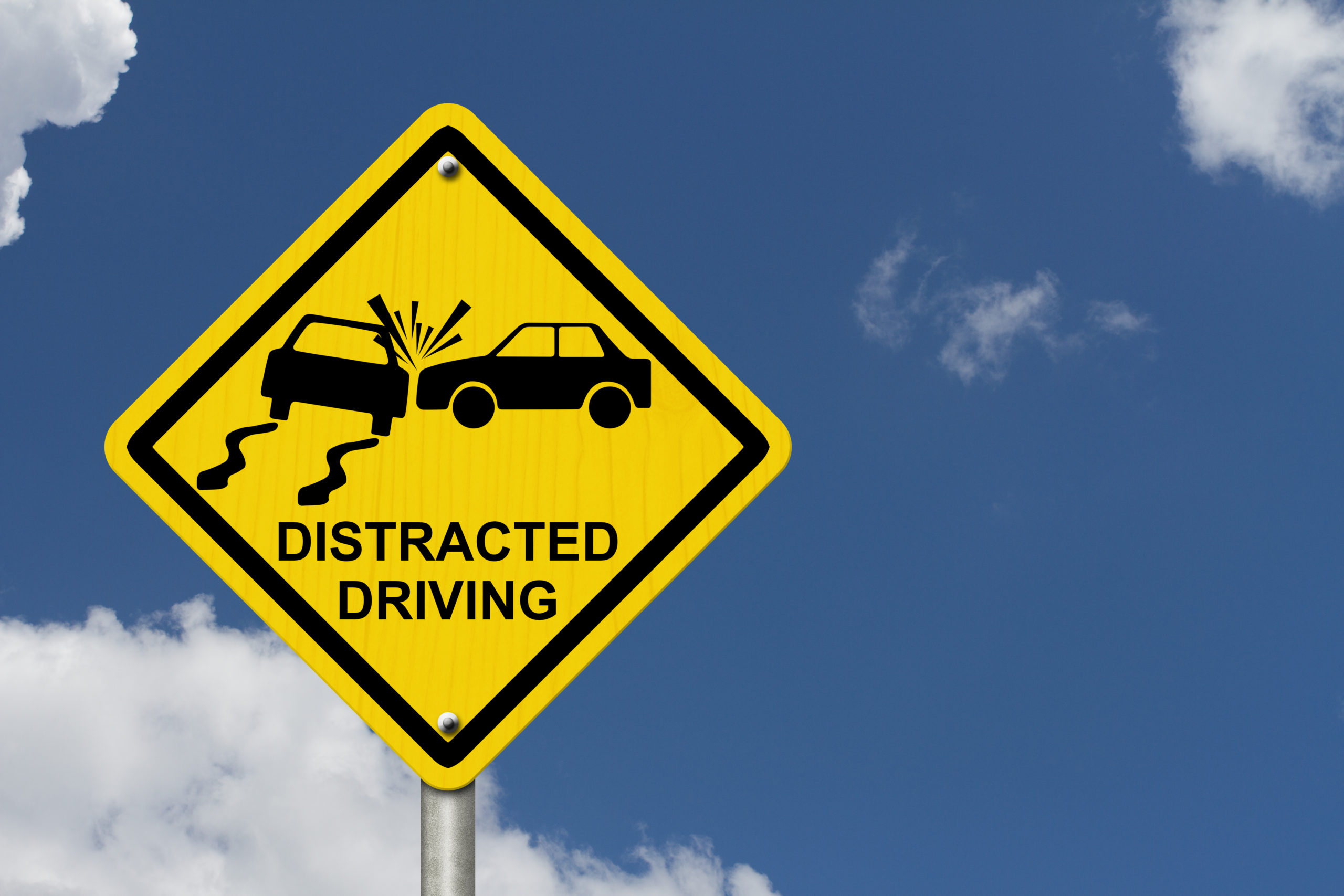
Distracted Driving National Awareness Month
April 2015, Designated as National Distracted Driving Awareness Month
The National Highway Transportation Safety Administration (NHTSA)
Distractions during driving can come from many different things: taking your eyes off the road to watch the scenery evolve around you, reaching for that cheeseburger you picked up at the local fast food restaurant, or reaching down at the floor to pick up something your child dropped. A second without your eyes on the road can mean a lifetime of sorrows brought on by unexpected injury from an accident.
While many various distractions exist, cell phones are the main distraction coming into focus in the news and life these days. The reason? So many drivers on our modern-day roads use them for long periods of the day – so that sets no limits on the fact that they’ll also be using them on the road. It’s not all about the technology in cars being hands-free, either. People using cars with hands-free technology don’t realize they’re still being distracted by the conversations they’re having. When driving, driving peacefully and without any responsibilities elsewhere is the way to go.
Employers all across the nation are participating in instating policies that ban the usage of handheld and hands-free devices by employees. This is to simply keep the employees safe and lower the risk of accidents affecting both sides involved in a possible car crash from such. (1)
No state has laws in place completely prohibiting these devices but there are specific laws in place in 45 states across the U.S. that ban text messaging among drivers. Of the 5 states without an all driver texting ban, 3 still continue to prohibit text messaging by novice drivers and another 2 restrict school bus drivers from being able to text to further the safety of school children. The U.S. Department of Transportation can’t completely ban these specific passenger car driving behaviors such as texting while driving because they specifically fall under the jurisdiction of these states and fall under their laws set in place and decided individually.
The best way to completely obliterate distracted driving from society is to educate Americans on the dangers this activity poses.
For instance, in 2013 alone, there were 3,154 fatalities of people in motor vehicle accidents involving distracted drivers.
Furthermore, 10% of drivers of all ages under the age of 20 involved in said fatal crashes were distracted by the time of the crash. Likewise, drivers in their 20s make up 27% of distracted drivers in all combined cases.
People send out an outstanding number of text messages per year, which puts things into better perspective. By December 2013, it was calculated that 153.3 billion text messages were sent in the United States every single month.
To really visualize things in a scary light, it is said that five seconds is the average time that your eyes are off of the road when texting. Imagine if you’re headed somewhere at 55 miles per hour; that gives enough time to cover the length of a whole football field
These numbers should stand out to Americans all over and open their eyes to the reality of what can happen if you take your eyes off the road. Think of it this way: Every year, friends, family, and neighbors find out that somebody close to them has been killed by a distracted driving accident, making it a very serious problem. (2)

















